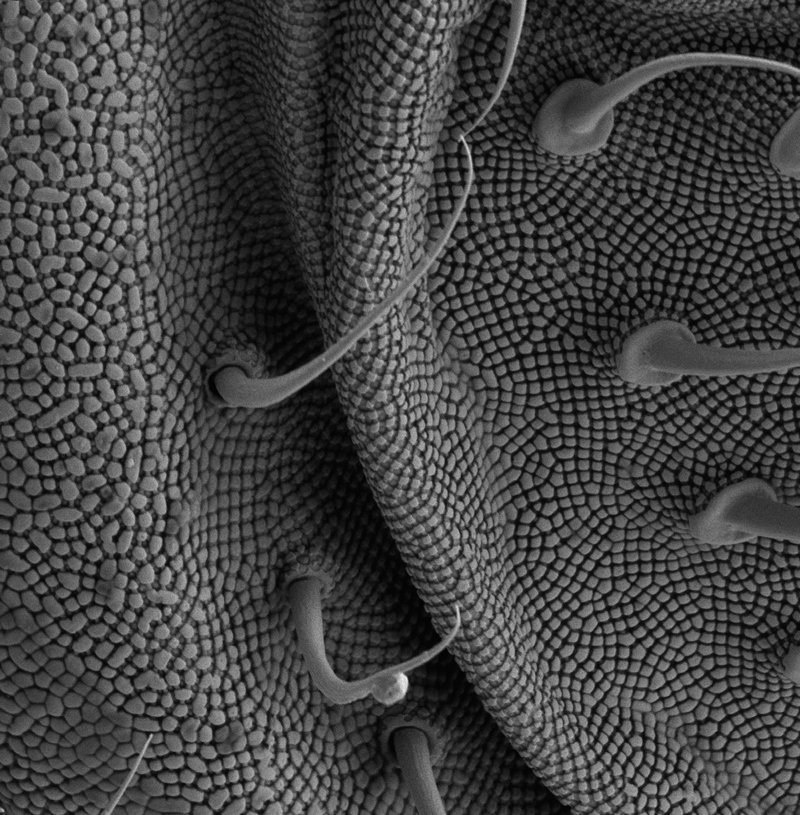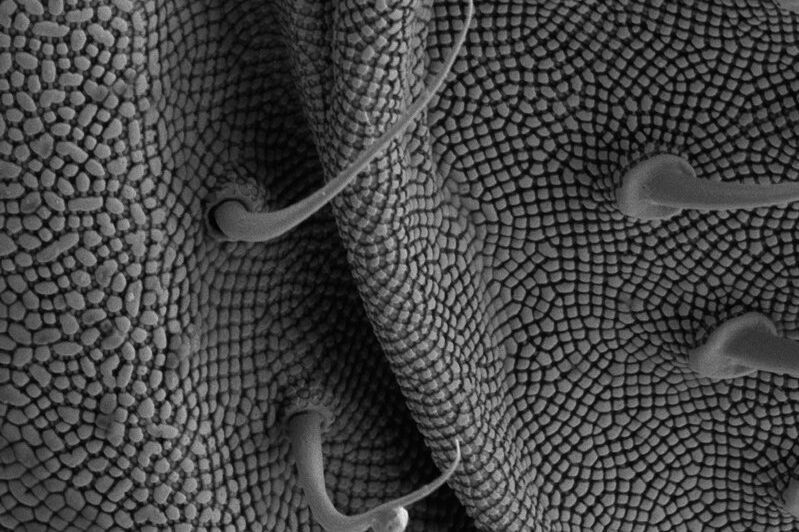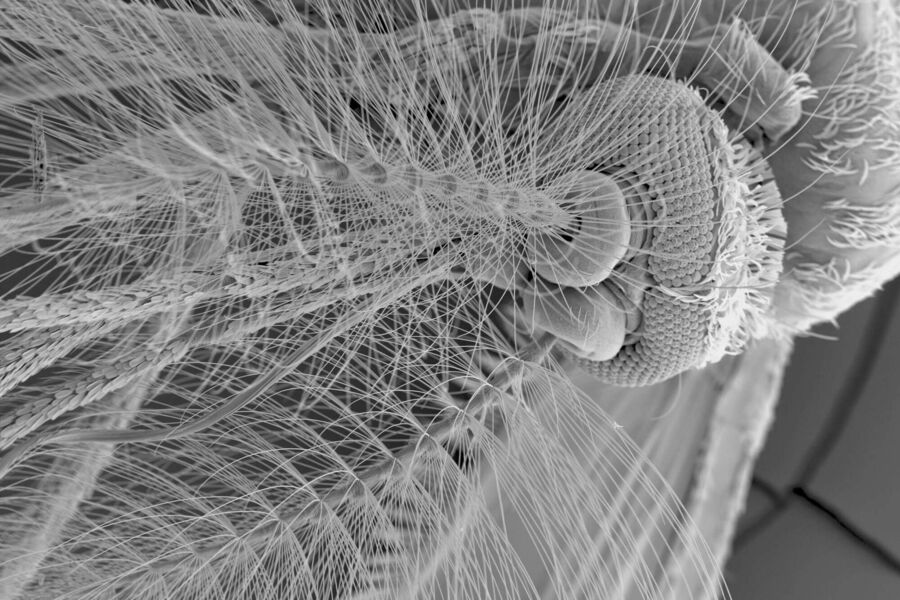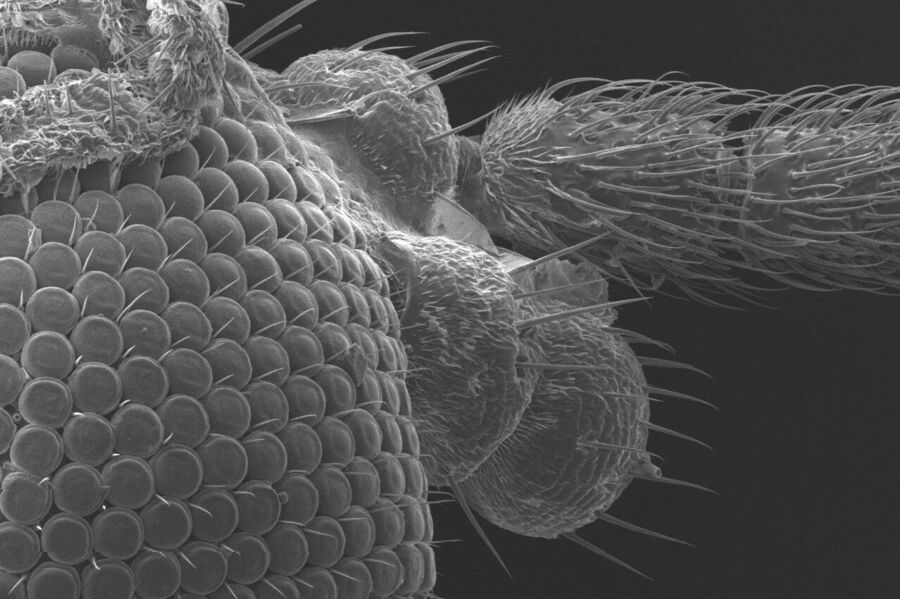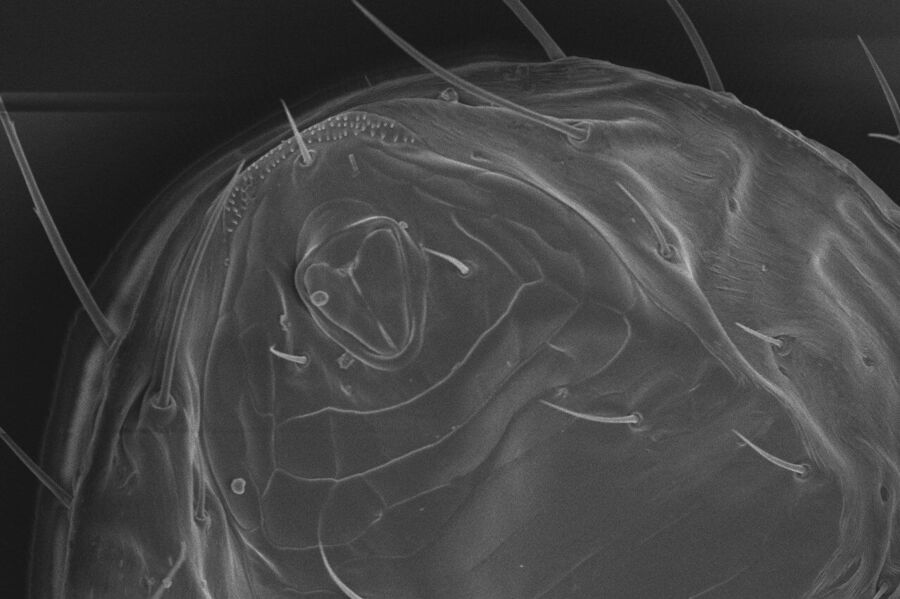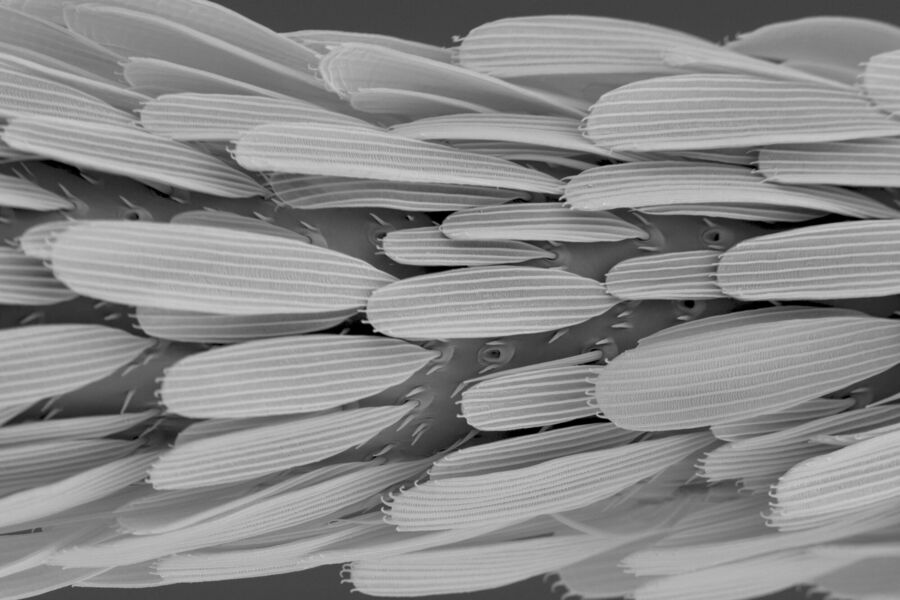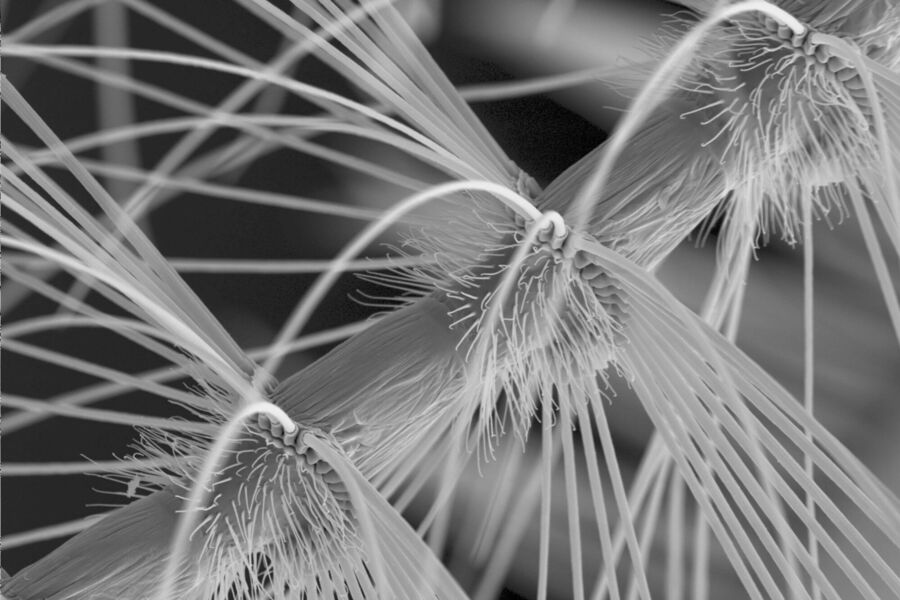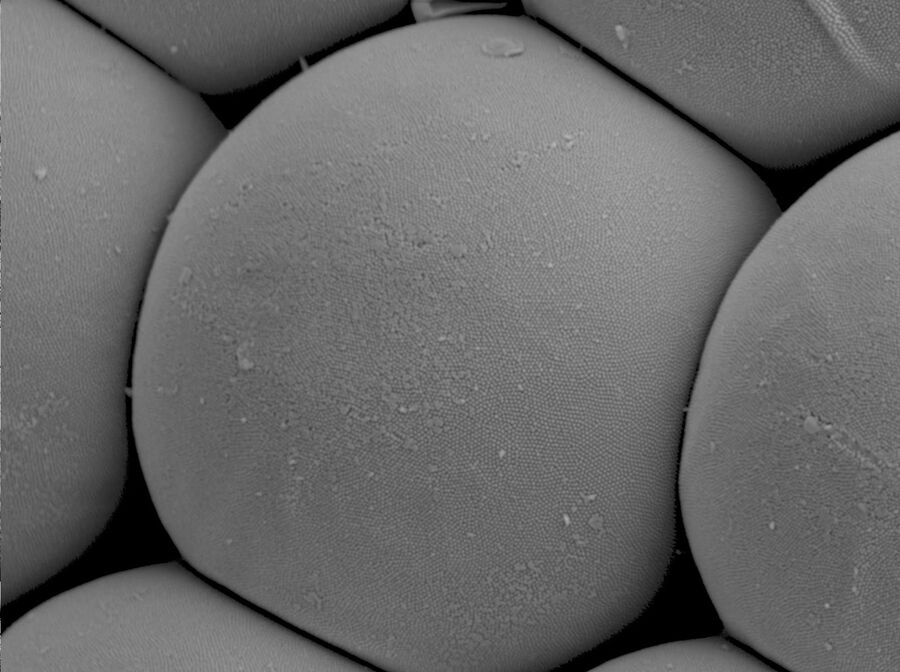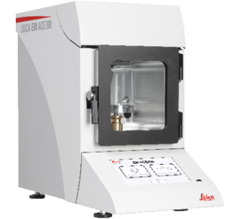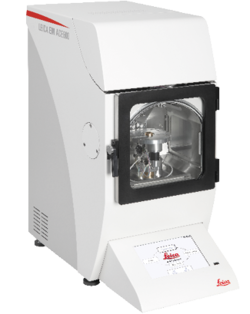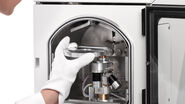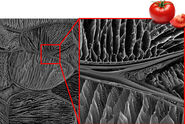Coating needed prior to SEM imaging
Limited or non-conductive material samples (ceramic, polymers…etc) require carbon and/or metal coating. Cryogenic samples are freeze fractured, coated with metal (Leica EM ACE600 freeze fracture and Leica EM VCT500) and imaged in a cryo SEM.
Coating needed prior to TEM imaging
The formvar covered TEM grids need to be coated with carbon to be conductive. Grids are treated with glow discharge otherwise solutions would not stick and distribute onto the grid. Freeze fractured samples are coated in a low angle with metal followed by a carbon backing up film (Leica EM ACE600 freeze fracture and Leica EM VCT500 or Leica EM ACE900) to produce a replica which can be imaged in a TEM.
Sputter coating
Sputter coating for SEM is the process of applying an ultra-thin coating of electrically-conducting metal – such as gold (Au), gold/palladium (Au/Pd), platinum (Pt), silver (Ag), chromium (Cr) or iridium (Ir) onto a non-conducting or poorly conducting specimen. Sputter coating prevents charging of the specimen, which would otherwise occur because of the accumulation of static electric fields. It also increases the amount of secondary electrons that can be detected from the surface of the specimen in the SEM and therefore increases the signal to noise ratio. Sputtered films for SEM typically have a thickness range of 2–20 nm.
Benefits for SEM samples sputtered with metal:
- Reduced microscope beam damage
- Increased thermal conduction
- Reduced sample charging (increased conduction)
- Improved secondary electron emission
- Reduced beam penetration with improved edge resolution
- Protects beam sensitive specimens
Carbon coating
The thermal evaporation of carbon is widely used for preparing specimens for electron microscopy. A carbon source – either in the form of a thread or rod is mounted in a vacuum system between two high-current electrical terminals. When the carbon source is heated to its evaporation temperature, a fine stream of carbon is deposited onto specimens. The main applications of carbon coating in EM electron microscopy is X-ray microanalysis and specimen support films on (TEM) grids.
E-Beam coating
Metal and carbon can be evaporated. E-beam coating gives the finest layers, is a very directional process and has a limited surface of coated area. Electrons are focused on the target material which is heated and further evaporated. Charged particles are removed from the beam. Therefore a very low charged beam is hitting the sample. Heat is reduced and the impact of charged particles on the sample is reduced. Only a few runs are possible then the source has to be reloaded and cleaned. Usually, e-beam is used where either directional coating is necessary (shadowing and replicas) or fines layers are required.
Introduction into cryo techniques
Freeze fracture includes a series of techniques that reveal and replicate internal components of organelles and other membrane structures for examination in the electron microscope. Freeze etching removes layers of ice by sublimation and exposes membrane surfaces that were originally hidden.
Freeze drying, also known as lyophilization, removes water from a frozen sample under high vacuum conditions (sublimation). The result is a dry and stable sample which can be imaged in the electron microscope.
Different coating methods
Sputtering | Carbon thread evaporation | Carbon rod evaporation | E-beam evaporation |
|
|
|
|
Typical applications of different coating methods | |||
Biology
| High resolution SEM analysis | EDX analysis | Room temperature low angle rotary shadowing for TEM |
Material
| Heat sensitive samples | Carbon films for TEM grids | Highest resolution SEM freeze fracture:
|
Medical research | Basic cryo SEM |
| |
Process combinations
Following combination of processes are available for the Leica EM ACE Coaters:
Leica EM ACE600 Freeze Fracture
- Every Leica EM ACE600 can be configured or upgraded to a cryo coater
- Basic cryo set
- Freeze fracture cryo set
Optional: Glow discharge for all instruments to make carbon coated grids hydrophilic.
